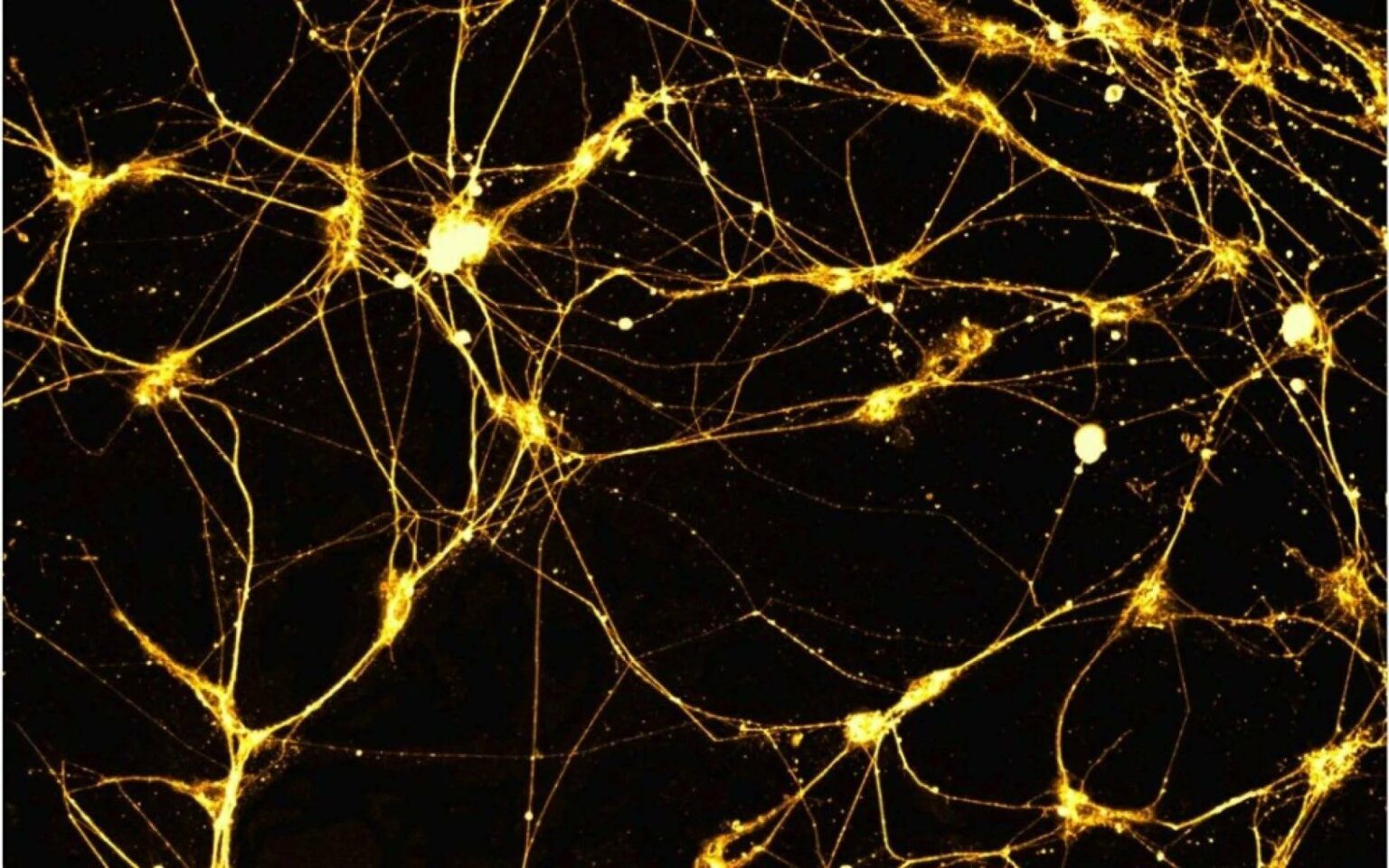From tools to combat Internet fraud to space object recognition

Lobachevsky University researchers have designed the basic cell for superconducting neural networks. The proposed prototype features low power consumption and high performance. The artificial neuron consumes a hundred times less energy than its semiconductor counterparts, and data processing can be 10-100 times faster, depending on the neural network configuration.
The research was done by a team of scientists from the Laboratory of Nanostructures Theory at the UNN Physics and Technology Research Institute, Lomonosov Moscow State University (MSU), and Moscow Technical University of Communications and Informatics (MTUCI). The design is based on the idea of using macroscopic quantum effects in superconducting nanostructures to perform large-scale data analysis, image recognition, and process optimization.
The high control speed and low power consumption of the proposed scheme are achieved through the use of adiabatic superconducting logic. To date, this is the most energy-efficient way to transfer information between neural network elements. It allows a neural network to be accelerated practically without generating any heat. The amount of useful energy and thus the transferred information volume is increased. In addition, this circuit is much more compact than the semiconductor-based version. MSU and MTUCI researchers have been developing this concept since 2015. Nizhny Novgorod physicists managed to calculate in detail the operating parameters and activation functions of a superconducting neural network, a perceptron, for the first time. This model is most often used for visual pattern recognition. The results have been published in the journal Symmetry.
The range of possible applications of adiabatically controlled superconducting neural networks is very wide: from tools to combat internet fraud to the recognition of space objects.
Marina Bastrakova, Head of the Laboratory of Nanostructures Theory at the UNN Physics and Technology Research Institute, one of the authors of the study, comments: "Prototypes are now being proposed for classical and quantum neural networks, quantum intelligence is being developed, and our scheme has good prospects in this direction. Superconductor solutions have already proven themselves as the basic building blocks of quantum computers, and the adiabatic superconducting logic used in our study works quite well and is used for quantum systems. So our next step is to create a 'quantum neuron' and a 'quantum neural network'."



